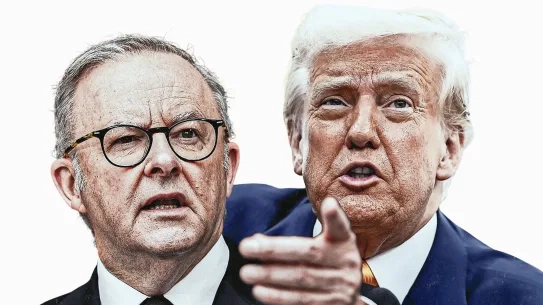Australias current defence expenditure is about 2 per cent of GDP. But Rudd, who indicated he was speaking at the Aspen conference in a personal capacity, said Australia had a very narrow definition of defence spending, and if its methodology reflected the USs, the figure was probably 2.5 per cent or higher.

Australia has been well north of the 2 per cent line for a very long period of time when quite a large number of other governments around the world have not been, he said, adding that he was confident Australia could work through each of the Pentagons concerns about AUKUS.
Nicholas Burns, who served as US ambassador to China under Joe Biden, told the same panel Beijing was trying to cut the US and its allies down to size, not only in the Indo-Pacific but around the world, and this required a stronger response.
He pointed to Chinas military activity in the South China Sea, Taiwan Strait and Yellow Sea, its status as the major trading partner of almost all South American countries, and its economic influence throughout Africa, Central Asia and South-East Asia.
We have to raise our game. There is a global competition with China, not just regional, Burns said. I think weve not taken this global threat seriously enough, and the Chinese are strengthening themselves.
Mike Green, chief executive of the Sydney-based United States Studies Centre, said Australia, Japan and South Korea recognised they had to increase defence spending, but the Trump administrations aggression and tariff threats were undermining the cause.
No government is going to go into these big agreements without knowing if theyre going to have 25 per cent, 45 per cent tariffs on them, he said. The way we do it does matter. Were slowing down what could be a much faster pace of co-operation.
Get a note directly from our foreign correspondents on whats making headlines around the world. Sign up for our weekly What in the World newsletter .


